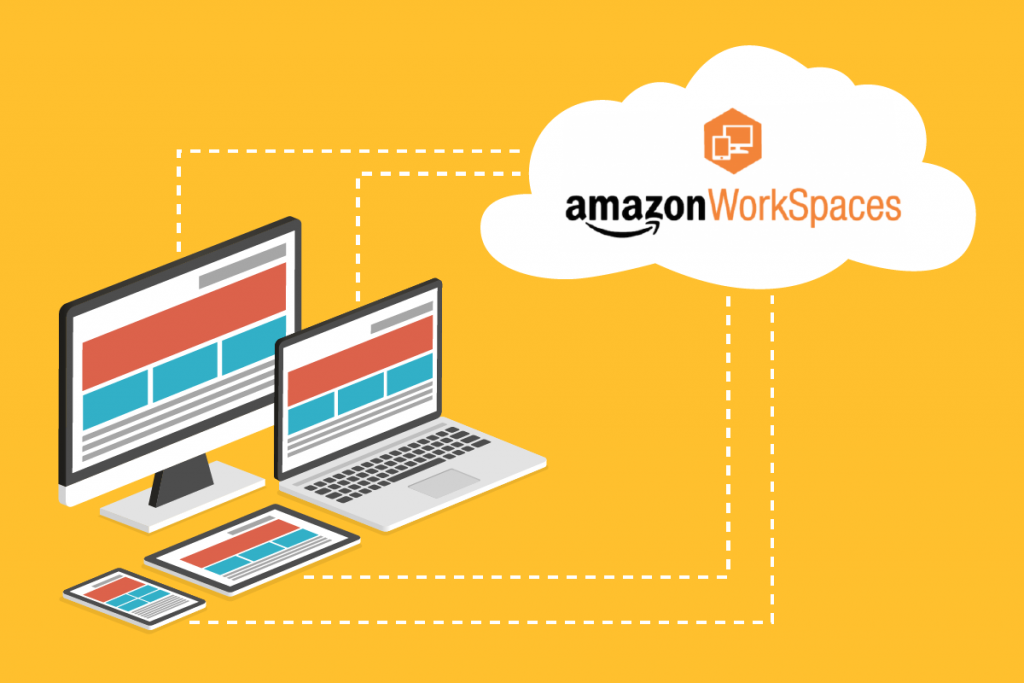Desktop as a Service vs. Virtual Desktop Infrastructure
With all the chaos today, you may be searching for ways to simplify IT management for your remote workers. Two ‘competing’ solutions, virtual desktop infrastructure (VDI) and desktop as a service (DaaS), probably turned up in your search. These two technologies perform similar functions but end up being implemented completely differently. DaaS vs. VDI – what’s the difference?
Virtual Desktop Infrastructure Basics
VDI solutions are typically managed by in-house IT staff who prefer on-site control of hardware. That is, VDI allows the IT department to manage hardware and customize anything. That foundation stems from the fact that VDI uses a capital expenditure (CAPEX) financial model — you purchase the underlying hardware upfront. In addition, some users prefer it because they believe it to be better with sensitive data (“on-premise” security). Further, software licensing has some advantages with VDI, since it’s similar to traditional models.
Desktop as a Service Basics
DaaS solutions are typically fully outsourced to a specialized cloud solutions vendor. Since the hardware is not yours, it requires trust in the technology platform and the vendor. Will they keep the hardware running? Will they provide support? What about security? DaaS is essentially a “no hardware” (truly virtual) solution. The cloud vendor (e.g., AWS) manages infrastructure security, and you can utilize other solutions to lock things down further. DaaS is more scalable because it’s in the cloud – no hardware limits. With a little effort, the vendor can customize the solution (perhaps not as much as with VDI). Software licensing, because the model is newer, can be more complex than VDI. And the biggest difference is the operating expense (OPEX) model. You don’t own; you rent.

How Do You Choose between DaaS and VDI?
IT Philosophy
If your organization is more amenable to tight control over hardware, you’ll prefer VDI. If you’re open to consume flexible services, DaaS may be preferable.
Technology Stack
If you expect your needs to remain consistent, VDI is acceptable, but if it may need to scale up or down, DaaS is better. With DaaS, you manage your images and users, while the infrastructure is managed for you. A few clicks scales your desktops up, or down, to users across the globe.
Cost & Investment
If your financial model leans toward upfront investment and asset depreciation, you’ll love VDI. If not, and operating expenses are the preference, DaaS is ideal. VDI cannot scale easily to meet the needs of a dynamic workforce. VDI requires foresight in capacity planning, upfront capital expenditures for hardware and licensing, and lengthy timelines to build out infrastructure.
Reach
If your staff is geographically diverse, DaaS offers advantage over VDI. For businesses that are ‘localized’, VDI is sufficient.
Security
In our experience, the argument that on-premise security is better is somewhat of a myth. Data is never as secure as you think when it’s on-premise, as physical access is easier than in the cloud. Cloud vendors like Amazon have full-time teams of security experts working around the clock to keep the cloud safe, and physical access to your servers is nearly impossible for anyone to achieve. In the end, DaaS is most likely more secure because of limited physical access and strong cloud protections.
Your Choice: DaaS vs. VDI
The option you choose boils down to use cases, organizational IT ability, and business needs. If your company has the resources, expertise, and appetite for VDI, it’s a great choice. If your company prefers lower capital expenditures, a more consumption-based model, and focusing on other kinds of IT development, DaaS is ideal. Ultimately, though, it’s about what option delivers the best user experience. So weigh your criteria and then make your choice between DaaS vs. VDI!


Leave A Comment